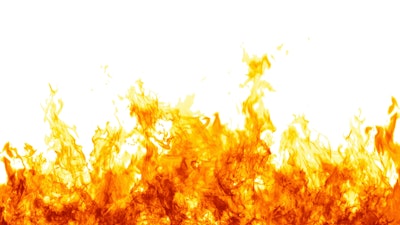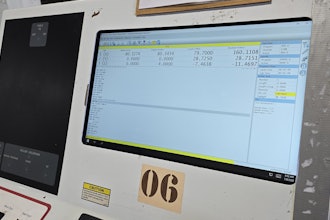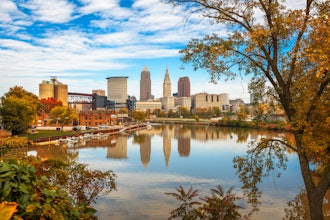
Anaerobic digestion (AD) produces many valuable and useful products, including biogas (which can then be turned into heat, electricity or biomethane gas) and digestate which is rich in plant nutrients and organic matter and can be used as a valuable bio-fertilizer. However, many AD plants in the food sector also produce incidental heat, which can be captured and used within the AD process or for other on-site operations.
Wasted heat is becoming increasingly important, not only from an economic point of view, put also politically, and some countries are now specifying targets for the use of renewable heat.
Sources of Heat
Surplus heat produced by biogas combustion in a combined heat and power (CHP) unit is the most common heat source within an AD plant. Other processes which result in residual, usable heat include:
- Digestate pre-heating
- Digester heating (especially in summer when less heating is required)
- Pasteurization (either before or after digestion)
- Electricity generation (e.g. via CHP)
- Biogas upgrading to biomethane (heat is required for the process, but up to 75 percent of it can be recaptured and reused)
- Digestate concentration
For example, a minimum temperature of 158 degrees Fahrenheit may be required for pasteurization, leaving 85-105 degrees of ‘left over’ heat, which has historically been wasted to the atmosphere. This heat could instead be put to good use elsewhere within the AD process or for other processing tasks within the food production environment. Equally, heat left over from concentrating digestate could be used within the pasteurization process itself.
Heat exchangers take heat from one process or place and transfer it to another. In practice, they allow the heat from a liquid or gas to pass to another liquid or gas without the two having to mix together or come into direct contact. Heat exchangers are used for numerous applications, including space heating, cooling, air conditioning, sewage treatment and food processing. Increasingly, their potential role in the anaerobic digestion sector is being recognized, with more plants specifying their inclusion at the design stage or retrofitting them, either to improve overall process efficiency or to use heat which would otherwise be wasted.
There are different types of heat exchanger and it is important that the right type is selected for a particular application. Two of the most common types in use today are Plate Heat Exchangers and Tubular Heat Exchangers. However, within these broad categories there are many different models and refinements and it is important to understand what is being offered.
It is therefore advisable to consult a specialist who can explain the benefits of different types and perhaps offer different solutions. For example, viscous fluids such as digestate can quickly foul tubes and surfaces. For this reason, scraped surface heat exchangers are usually recommended, as they will constantly remove such fouling. However, another option is to use a tube design, which will minimize fouling in the first place. HRS corrugated tube heat exchangers are designed so that the constant swirling of the fluid in the tube prevents sediment and clogging.
Whichever system is proposed, it is important to compare running costs, including maintenance and cleaning, over the full life of the plant – downtime caused by regular dismantling or cleaning can quickly eat into any capital savings made at the time of purchase.
Potential Uses for Heat in the AD Process
So, having identified a source of heat, what can be done with it? There are a number of options within the AD process, including preheating feedstock, which can help to speed up the digestion process or improve gas production; for pasteurizing, so that digestate produced from the anaerobic digestion of crops or animal by-products is free from potential pathogens; and to improve the quality and reduce the volume of digestate.
Captured heat can be used almost anywhere, provided that it is economically and practically feasible to transfer it. Even low temperature water can be used to reduce the amount of additional heating required.
There are many uses of heat in the food industry, from space heating and cooking, to heating liquids to aid processing as well as pasteurizing and sterilizing foodstuffs. Large sites may also have significant office and staff facilities and there may be the scope to install district heating systems in these areas.
It may be tempting to think that you can keep recapturing the heat used over and over again, but unfortunately, this isn’t possible. However, what is possible is to reuse some of the leftover heat to improve operational efficiency. Systems which do this, such as an HRS digestate pasteurizer, can often deliver efficiency savings of 40 percent or more compared to traditional pasteurizers that lack heat recovery.
With careful planning and a long term approach which considers the full life of an AD plant – not just initial purchase prices – the individual heat loads of each process within an AD operation can be greatly reduced by using recaptured heat, resulting in improvements in both efficiency and product quality.






















